Miles Davis:
We have selected 9 Backing Tracks for you to practice!
This month marks 31 years since Miles Davis died. He died on September 28, 1991. It is very difficult to imagine what modern jazz would be like without the precious contributions of this great icon of American music, revered by instrumentalists all over the world.
We have selected 9 backing tracks from important compositions by this great master so that you can practice your improvisation skills.
All Blues
“All Blues” was composed by trumpeter Miles Davis and was part of his influential album “Kind of Blue” released in 1959. This album featured Julian “Cannonball” Adderley (alto saxophone), John Coltrane (tenor saxophone), Bill Evans (piano), Paul Chambers (double bass) and Jimmy Cobb (drums).
This is a 12-bar blues in 6/8 in the key of G major. It is important to note the changes made to the harmony in relation to the traditional blues; in the tenth bar we have the Eb7#9 chord followed by D7#9 instead of the expected C7 commonly used. Take advantage of this moment to apply your knowledge and let your creativity flow.
This jazz standard has been performed by great artists such as Chet Baker, Kenny Burrell, Pat Martino, George Benson, Howard Roberts, Herbie Hancock, Buddy Rich, Frank Morgan, Ron Carter, Peter Frampton, Freddie Hubbard, Wayne Shorter, Michael Brecker, Joe Lovano and many others.
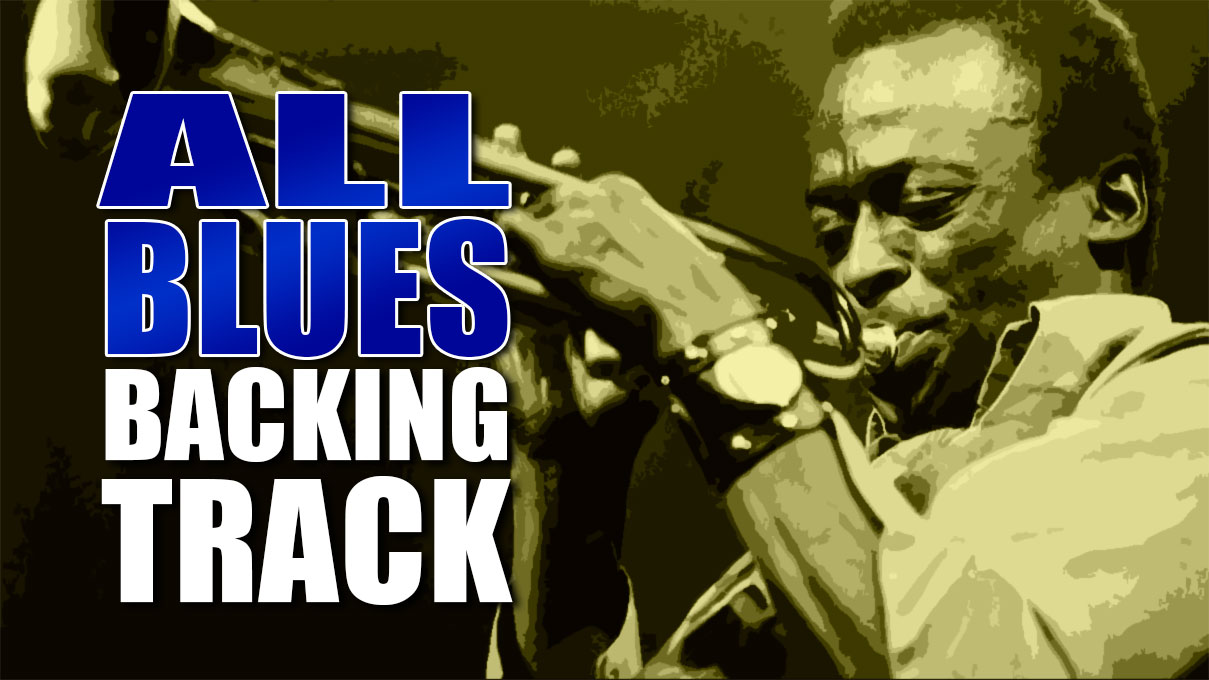
So What
“So What” is a composition by Miles Davis released in 1959 on the album “Kind of Blue”. It is a modal jazz song in the AABA format with 32 bars. This same chord structure was later used by John Coltrane in “Impressions”.
This song has also been performed by Marcus Miller, Larry Carlton, Grant Green, Barney Kessel, Herbie Hancock, Arturo Sandoval, Michel Petrucciani, Ron Carter, Jerry Garcia, Peter Sprague, Bireli Lagrène, Sylvain Luc, Jan Verwey and many others.
This jazz standard can be found in the “Real Book vol.1” on page 399 and in the “Real Book vol.6” on page 364.
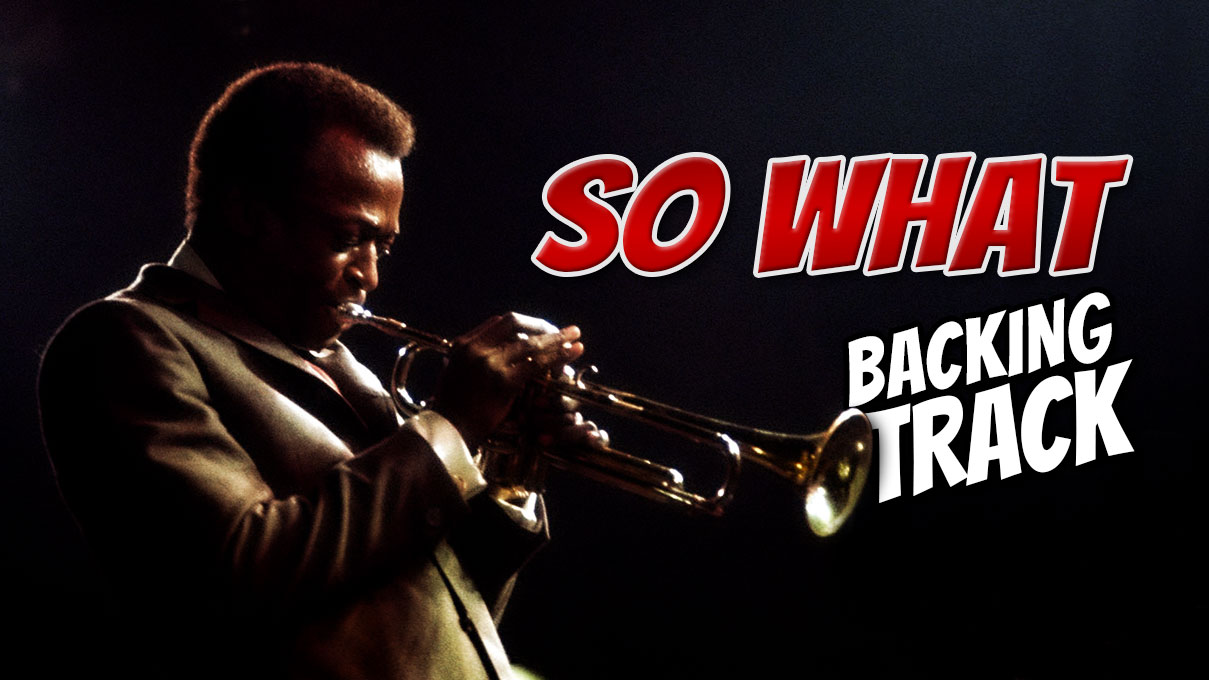
Blue in Green
“Blue in Green” is a song released in 1959 on the important album “Kind of Blue” by trumpeter Miles Davis. It is speculated that the song was actually written by Bill Evans, although it is credited only to Miles most of the time.
This song has been performed by great instrumentalists such as Bill Evans, John Coltrane, Paul Chambers, Scott LaFaro, Chet Baker, Lee Ritenour, Larry Coryell, John McLaughlin, Archie Shepp, Gary Burton, Stéphane Grappelli and many others.
This jazz standard can be found in the Real Book vol.1 and vol.6, with some differences between these two scores. For this work we chose the transcription in vol.6.
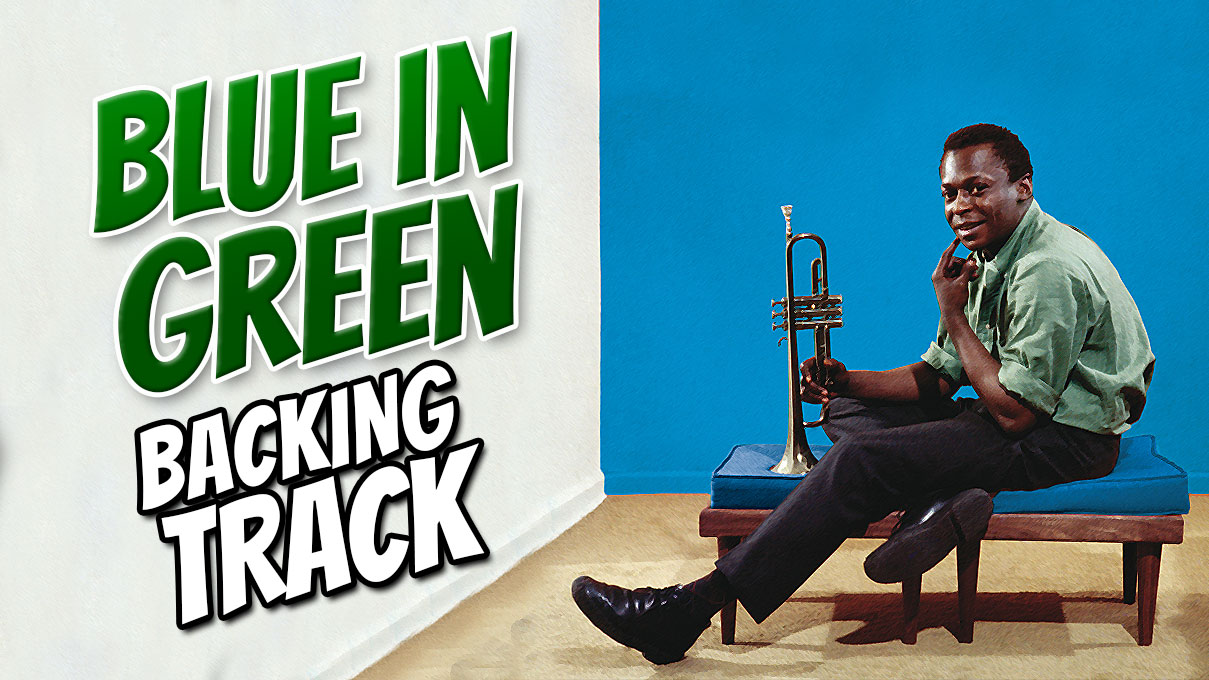
Boplicity
Boplicity (Be Bop Lives) is a jazz song composed in 1957 by Miles Davis and Gil Evans for the album Birth of the Cool. It has 32 bars in the AABA form in the key of F Major. Note the Fmaj7 chords that appear in the last bar of each “A” part; the melody features the note B, showing that this is a chord with #11, so when improvising it is interesting to use the Lydian mode of the major scale.
This song can be considered a jazz standard and has been performed by great instrumentalists, among them we can mention Charlie Parker, Gerry Mulligan, Art Farmer, Lee Konitz, Kurt Rosenwinkel, Dave Liebman, Shawn Graham and many others.
This jazz standard can be found in the “Real Book vol.1” on page 60 and in the “Real Book vol.6” on page 58.
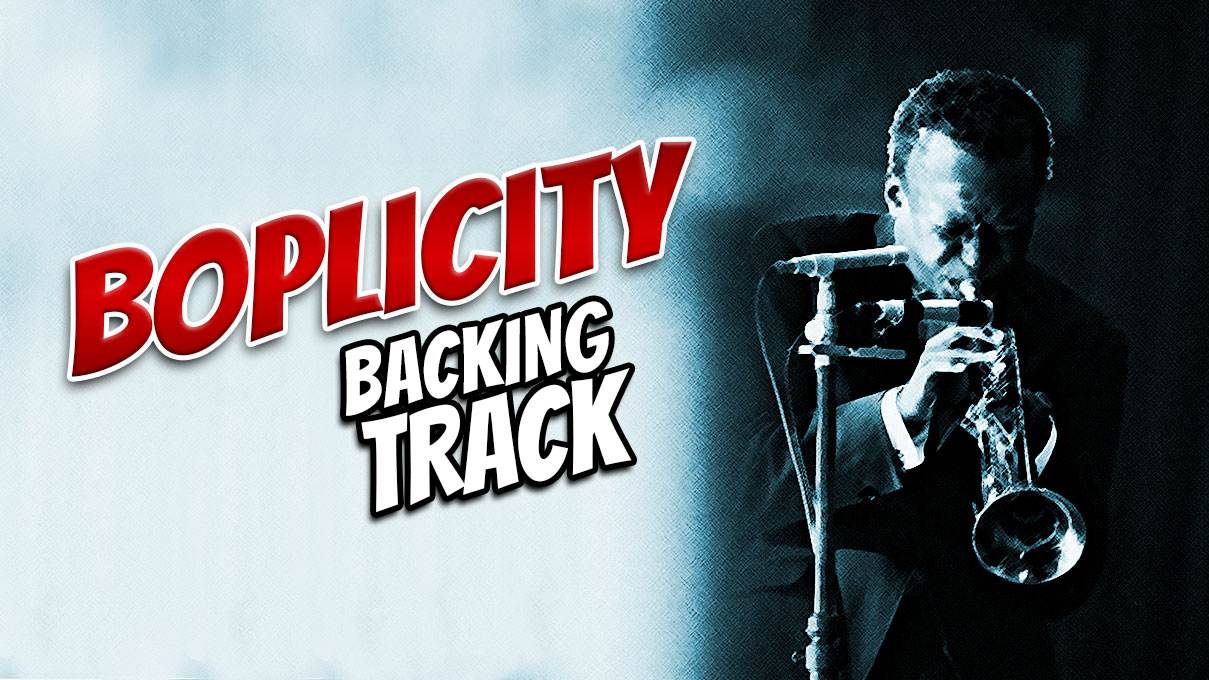
Milestones
Milestone is a composition by Miles Davis released in 1958 on the album of the same name. This song was released under the name “Miles” but was later changed to “Milestone”. This album, like “Kind of Blue” (1959), is extremely important for the history of jazz, in addition to Miles on trumpet, it also featured John Coltrane (tenor sax), Cannonball Adderley (alto sax), Red Garland (piano), Paul Chambers (bass), Philly Joe Jones (drums).
This theme has been performed by great instrumentalists such as Herbie Hancock, Ron Carter, Wayne Shorter, Dexter Gordon, Joshua Redman, Joe Henderson, Bill Evans, Scott LaFaro, Ray Bryant, Tommy Flanagan, Chet Baker and many others.
This jazz standard can be found in the “Real Book vol.3” on page 193.
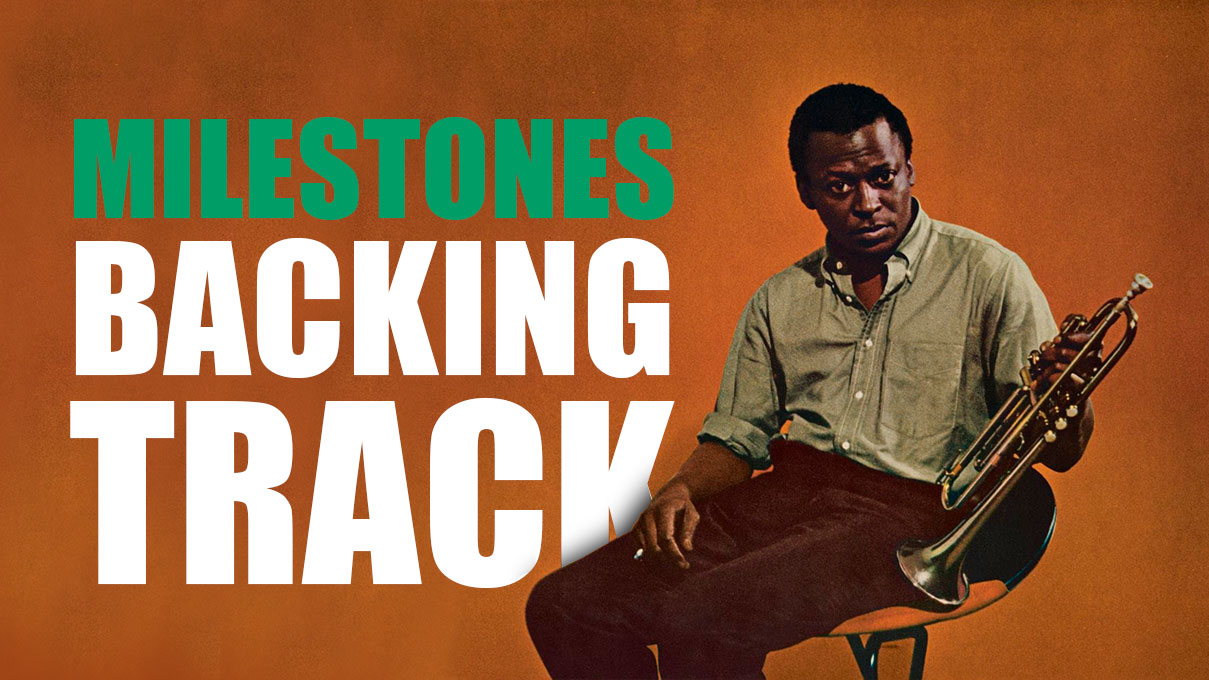
Donna Lee
Donna Lee was composed by Miles Davis in 1947, and was his first recorded composition. The authorship of this song is often mistakenly attributed to saxophonist Charlie Parker. It was written in the key of A flat and is based on the chord progression of the traditional jazz song, “Back Home Again in Indiana”.
It is a bebop song, a style that revolutionized American music in the post-war period and drastically changed the way jazz was played and appreciated.
In this Backing Track we have included a trio consisting of drums, acoustic bass and guitar, and we have kept the tempo at 200 bpm so that the student can play this piece calmly without losing its fast pace.
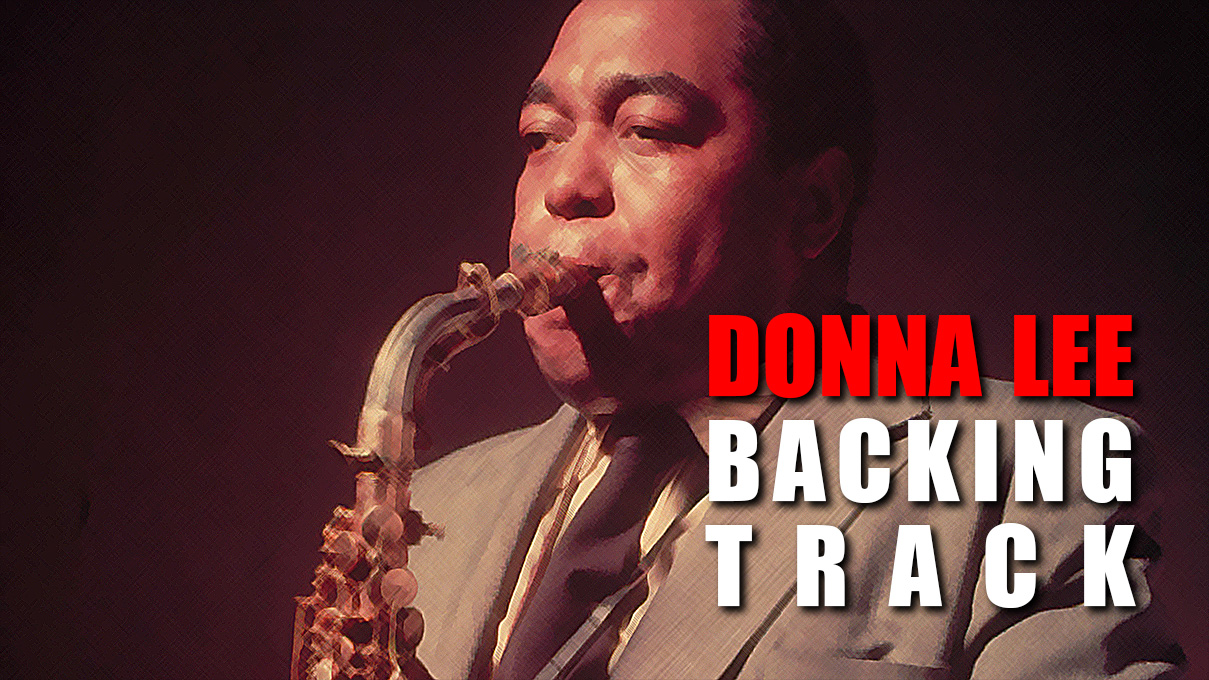
Freddie Freeloader
“Freddie Freeloader” is a 12-bar blues song composed in 1959 by trumpeter Miles Davis. This composition has a change in the final bars in relation to the traditional blues, Miles replaced the expected Bb7 with Ab7, so this is a point that deserves the attention of the improviser.
In the original recording Miles recruited a group of notables:
Cannonball Adderley – Alto Saxophone
John Coltrane – Tenor Saxophone
Wynton Kelly – Piano
Paul Chambers – Double Bass
Jimmy Cobb – Drums
This theme has been interpreted by other great instrumentalists such as Wes Montgomery, Dexter Gordon, Bill Evans, Stanley Jordan, Monty Alexander, Mark Whitfield, Ray Brown and many others.

Four
“Four” is a song that became well-known in 1954 when it was recorded by the Miles Davis Quartet. Although its authorship is attributed to Miles, there is controversy regarding this, as saxophonist Eddie “Cleanhead” Vinson claimed ownership of the song.
This standard has been performed by great names in jazz such as Stan Getz, Sonny Rollins, Joe Henderson, Chet Baker, Keith Jarrett, Dexter Gordon, Sonny Stitt, George Benson and many others.
This backing track consists of drums, double bass and piano. The tempo is 160 bpm.
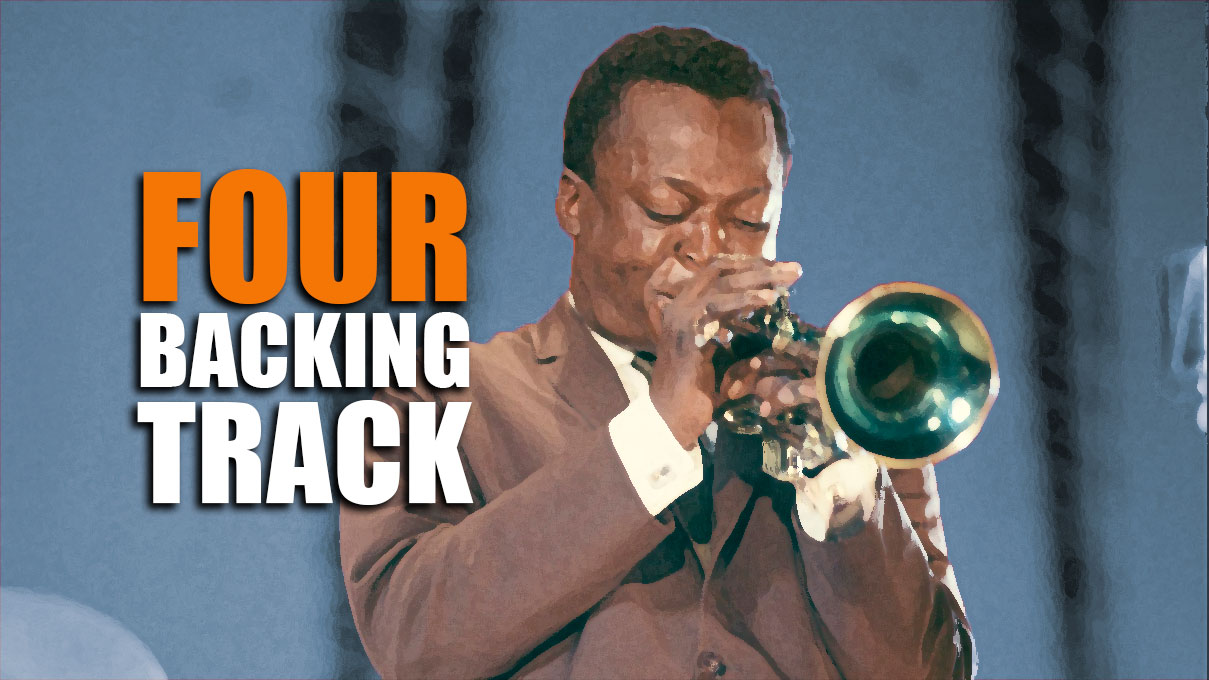
Solar
“Solar” is a 12-bar composition written by Chuck Wayne, but Miles Davis owns the copyright. It debuted on the 1954 album “Walkin'” and is considered a modern jazz standard.
Here the improviser will find several challenges with the modulations and a different arrangement for each II-V-I cadence that appears in the song.
Know the chords of this song well, map the scales, triads and tetrads for each of the chords, and in no time you will surely have a very fluid improvisation on this theme.

